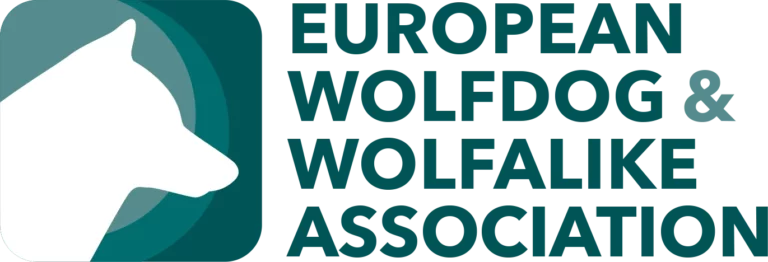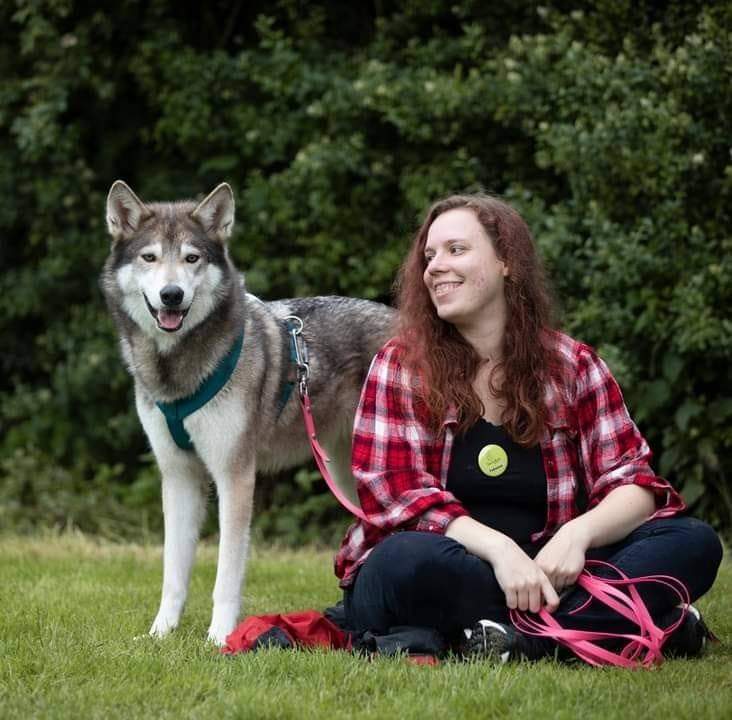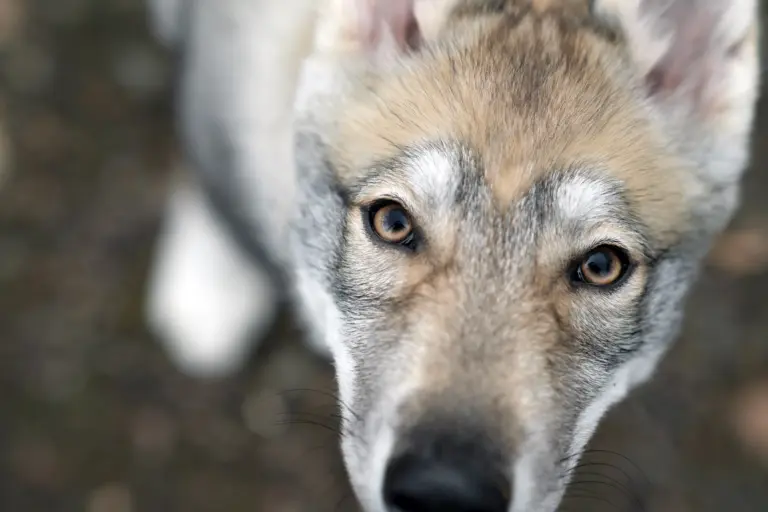Update on January 2025! Click here to immediately read the update.
Embark has been offering the so-called Pair Predictor since September 2024, which can be used to carry out test matings. Such test matings were possible before, but only by writing an email to Embark together with the owner, describing the request, both owners expressing their explicit consent, and an Embark employee then sending the requested information back by email. Not only was this very laborious, but it also took a lot of time. Confirmation emails were often lost and had to be resent. In addition, it was only possible for a limited number of dogs and not directly for a large number.
The new feature has eliminated all these hurdles. With the Pair Predictor, you can test combining a male and a female that are stored in a profile, and Embark provides you with interesting information about this theoretical mating. In addition to the expected health and colour traits, the genetic inbreeding coefficient of the two dogs and potential offspring is also listed.
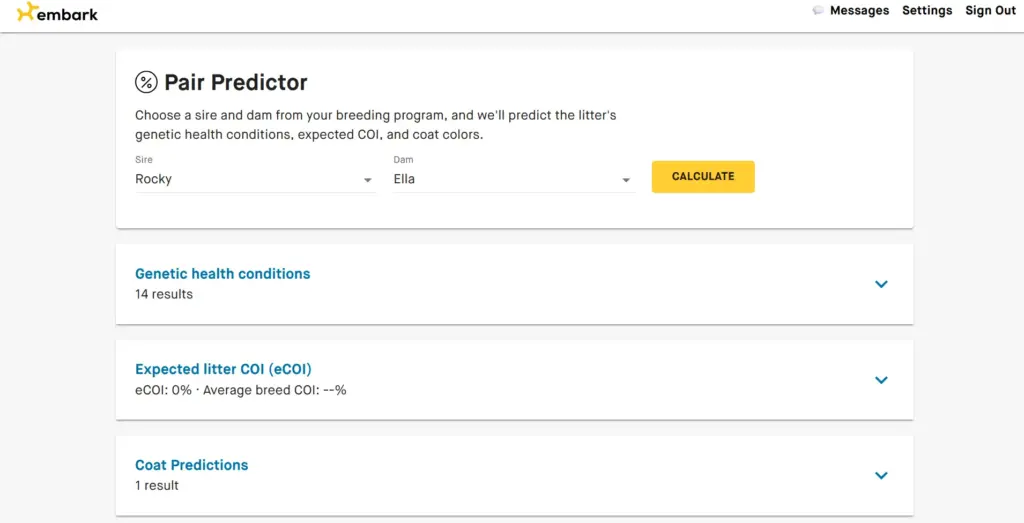
This new feature is particularly exciting for the EWA because it allows us to create a so-called relationship matrix. A relationship matrix shows the kinship between dogs. The more dogs in the matrix, the more relationships can be traced and thus various conclusions drawn about the population. This gives us a comprehensive overview of who is related to whom and how closely, and which dogs share little or no relationship at all. This is particularly valuable for population management and breeding planning, as we can see an overview of relationships within the population and even beyond. Such a relationship analysis allows us, for example, to plan matings together with the breeders in a more conscious and future-oriented way and to breed healthier and genetically more diverse offspring, because we understand the genetic background of the entire population better.
Furthermore, the relationship matrix is not only interesting for breeders, but also for those who want to explore the genetic history of their dogs. For example, in our matrix, there is a dog, Amon, who comes from an animal shelter and unfortunately his background is unknown. With the help of the matrix, we can exclude or focus more on relationships to certain lines, depending on the results. Hopefully, this will help Amon’s owner in the future to find out valuable information about Amon’s family history and kinship.
With the Pair Predictor, we can even decipher cross-breed connections and uncover hidden genetic relationships with enough data. In the meantime, we have even been able to test a Saarloos Wolfdog and a Czechoslovakian Wolfdog with each other – both breeds are based on European wolf subspecies and German Shepherd! And we have also been able to take a closer look at dogs of the same breed or siblings and half-siblings.
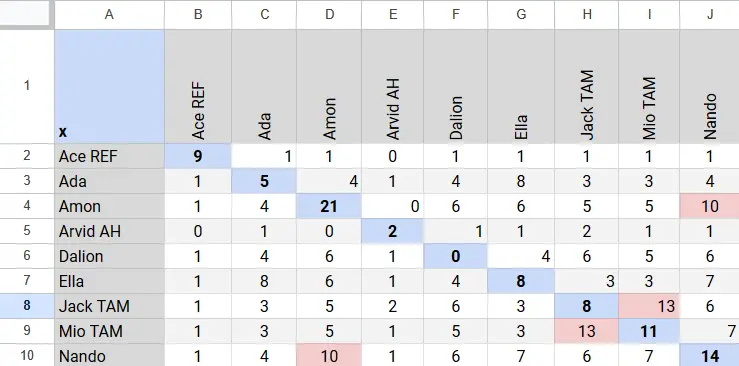
Thanks to our amazing members and their friends and acquaintances, we now have almost 30 dogs in the matrix. From Huskies to Wolfdogmixes to purebred Wolfdogs like Saarloos and Czechoslovakian Wolfdogs, we have it all. We really hope that there will be more in the future – and that’s where you can help us!
Become part of the Matrix!
You’ve probably wondered how exactly it all works. In fact, it’s super simple. When you’re logged into your Embark profile, you can go directly to your dog’s profile. Your dog’s picture and name will appear on the first page. To the right of that is ‘Edit Profile’. That’s where you need to click
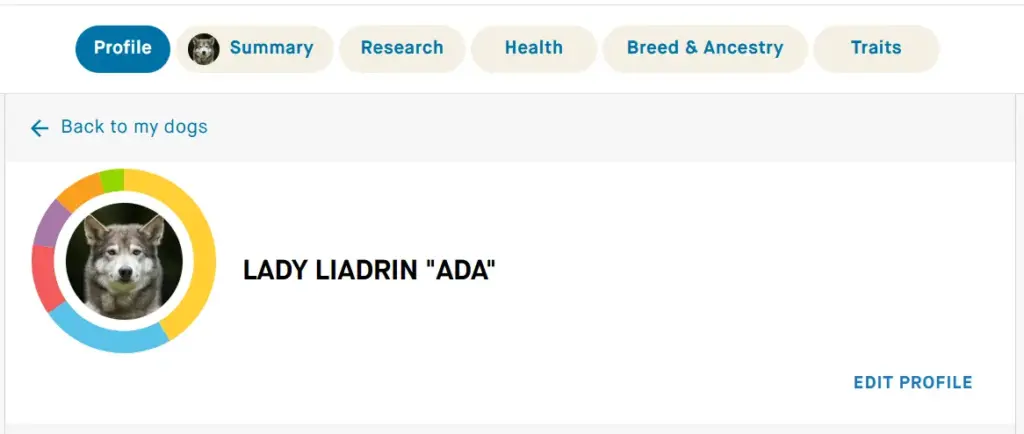
If you now scroll down quite a way, you will come to the ownership section. Next to the ‘Primary and Shared Ownership’ category, there is another ‘Edit’, which you can click on again.

Embark divides data ownership into so-called primary owners and shared owners. The primary owner, that’s you, has full control over the profile. You can change your dog’s name or data, add or remove pictures, and add or remove other owners. In order for us to include your dog in the matrix, the EWA must become a so-called shared owner. This means that we can see all of your dog’s information, such as breed composition, health tests and traits tested, and use the dog in test matings, but we cannot change, delete or add any data. Normally, this is mainly used by breeders who would like to continue to have access to the data of their offspring even after the puppies have moved out. To enter EWA as a shared owner, simply enter the email address of our Embark account, Zucht@europeanwolfdogsandwolfalikes.com, at ‘Add a shared owner’ and click on ‘add shared owner’ to confirm.

That’s basically it! There is also the option for shared owners to appear on the Embark or to have as much control over the account as the main owners, but we don’t need or want that. Accordingly, you are already giving us the greatest possible help by simply assigning shared ownership to us. If you’ve done everything right, it should look like this:

As soon as you let me know that your dog is shared in EWA-Embark, we can add it to the matrix.
Currently, you can only mate male and female with each other in the Pair Predictor. However, as you can see in the table above, we have also entered values for male x male or female x female. This is because Embark actually does not determine the sex of a dog based on DNA, but on what is entered in the profile! So, once I have tested your dog with all dogs of the opposite sex and entered the results, I will contact you so that you can briefly change the sex of your dog in Embark.
To do this, go to your dog’s profile and click on ‘Edit Profile’, as you did at the beginning. Click on ‘Edit’ again under ‘Details’.

Here you can simply change your dog’s gender and confirm by clicking ‘Save’ at the bottom. As you can see in the picture, I simply changed Ada to a male – it’s that easy!
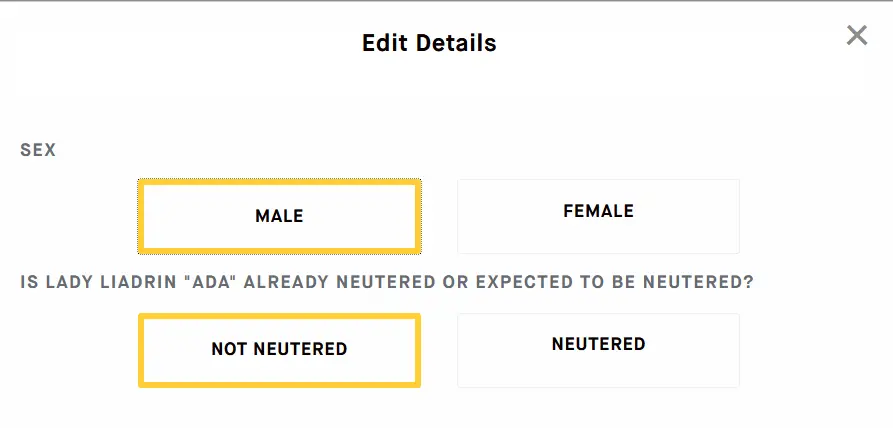
Once I have entered your dog with his new gender and all the opposite-sex dogs, I will let you know so that you can change the gender back to the original.
From now on, you can sit back and relax. We will automatically test newly added dogs with your dog, and if you are interested in a particular topic, such as Amon’s owner is interested in researching his ancestry, we will get in touch with you as soon as exciting new information comes to light. This also applies to non-members!
Update:
We are excited to announce a new feature for our members! You can now explore the relationships of your dogs and any other dogs shared on our Embark. To do this, simply go to your dashboard and select the „Embark Relationships (EWA Matrix)“ section. From there, you can choose a dog and view all available familial connections. This tool makes it easier than ever to delve into the ancestry and relatedness of your dogs, giving you deeper insights into their genetic heritage.

If you have a specific request, just write me a message at fabienne@europeanwolfdogsandwolfalikes.com or use the form directly below the blog article.
